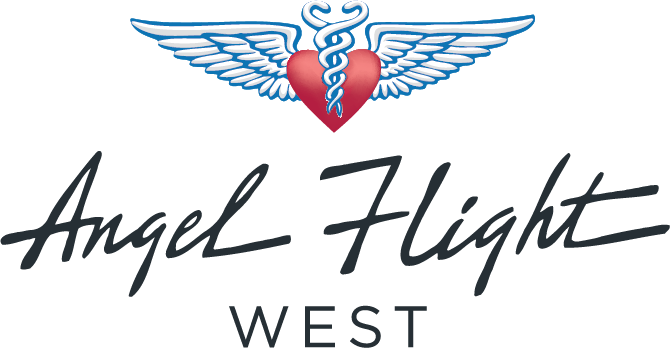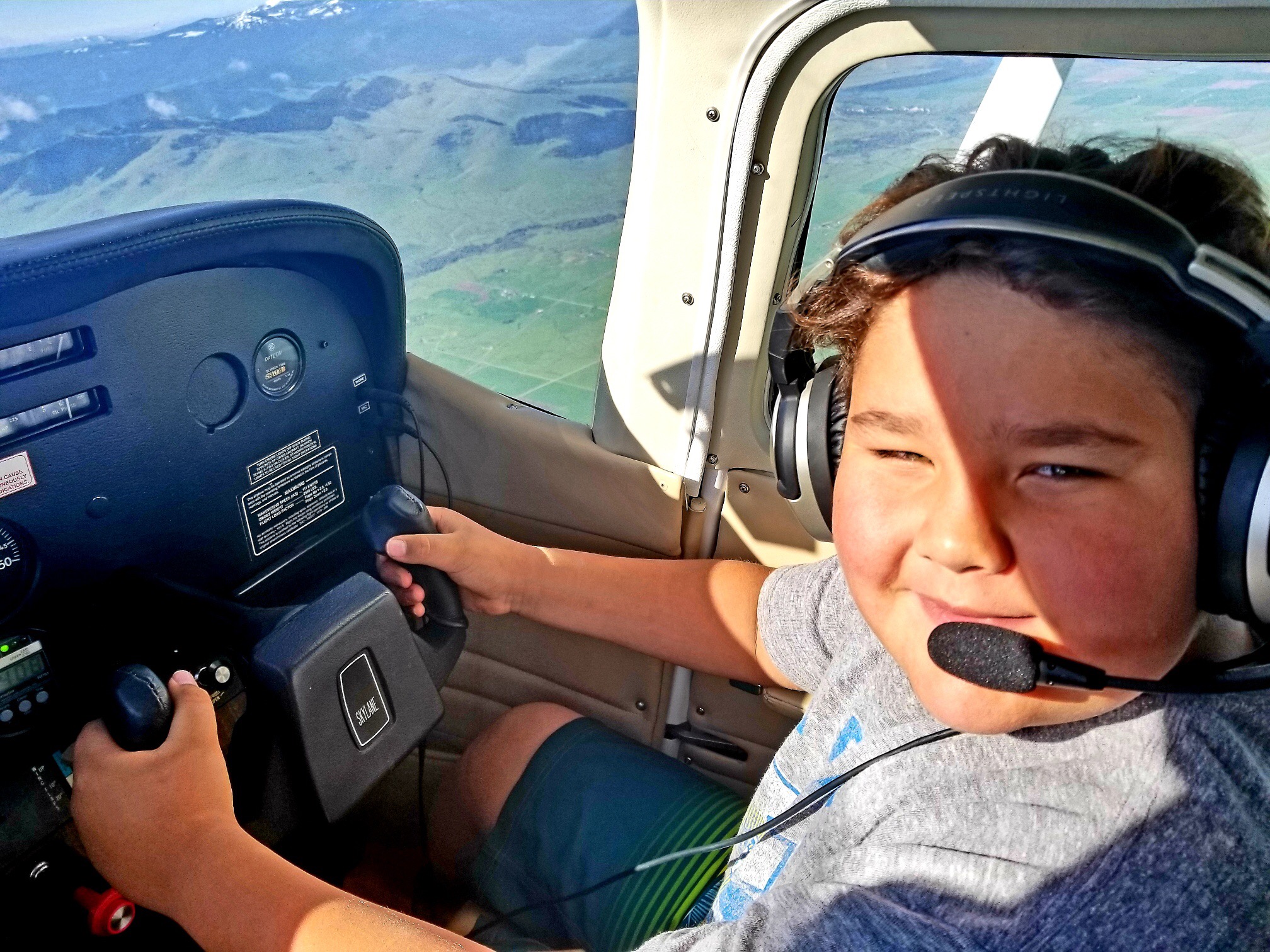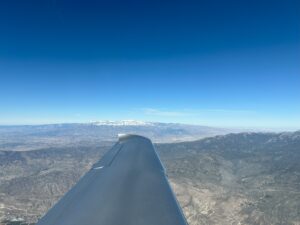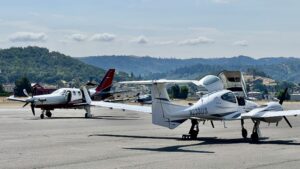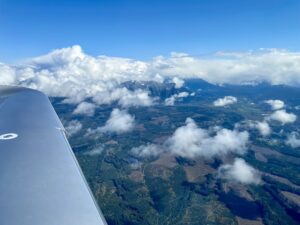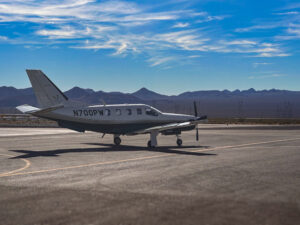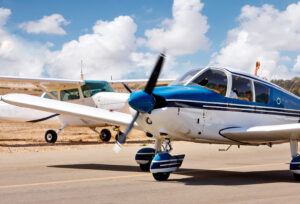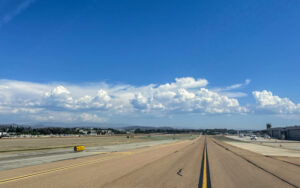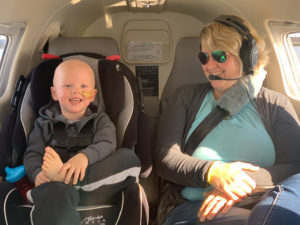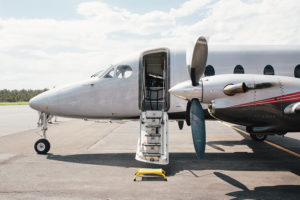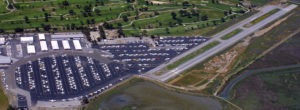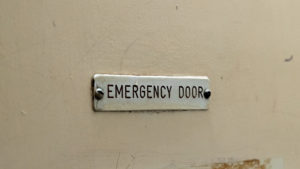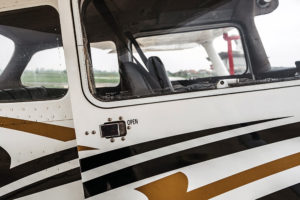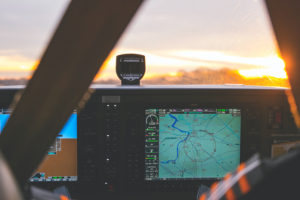I was about to send out a Safety Newsletter on a different topic, when a recent event changed my mind.
On a recent Saturday I had just returned from practicing a number of stalls in our Cessna T206, which I always enjoy doing. I was on the ramp at the Crownair FBO at MYF (Montgomery) talking with the line staff there. Looking north towards the runways, we noticed a Cirrus SR20 flying westbound over Runway 28R. It initially appeared to be a go-around, but then I noticed a significant, and frequent, pitch oscillation. I hoped that they would climb and get stabilized. As we tracked the flight west, I noticed they were near the departure end of the runway, then the plane pitched up more dramatically and start a rapid descent to the ground. As the descent started, I knew they would crash and I was ready to move to help. Within a split second the plane impacted, then slid along the ground.
I asked one of the line staff for a hand-held radio and told them we were going out there. They retrieved one, and we got into their line vehicles. As I approaching Taxiway Hotel, I was able to contact Ground Control in-between the obvious announcements of airport closure, aircraft responding, etc. The controllers were awesome. I identified myself, requested clearance to drive to the plane, and they cleared us to the crash site.
Fuel was spilling from the right wing which was split open. I walked around the front, hoping that since we were on dirt the risk of fire was less. Fuel was leaking from the left wing, and the pilot, sole occupant, was unconscious in his seat and bleeding. I confirmed with the tower we needed an ambulance and they replied that one was on the way. I worked to stop the bleeding, stabilize him as best I could to prevent further injuries, and comfort him. While waiting for the EMTs, all I thought was I hoped he would be okay and just minutes before he was enjoying flight. The fire department with EMTs arrived and took over my position with the pilot. I spent the next three hours at the site, teaching the fire fighters how to safely secure the plane with the BRS, and documenting the site with the FAA.
Immediately afterwards, actually before I left the site, I was wondering how could we as an aviation community learn from this event. There were two major areas:
First Responders. With the exception of on-airport fire stations (at Part 139 airports), the first responders may not be trained in aircraft accidents. The fire fighters who arrived were professionals and wanted to learn more. I crawled under the wreckage and explained which battery cables to cut (turning off the master – only turns off power to some buses), and how to safely drain fuel. I called friends at Cirrus who put me in contact with their accident team, and I accessed the ELT to turn it off and briefed the fire fighters on the Ballistic Recovery System (BRS – CAPS).
Each aircraft is different, as we know – from rotorcraft to jets. I started a dialog with the fire department at the site, and have now volunteered to teach their colleagues more about aircraft so they can plan for an incident response. This is something that can be, and should be accomplished, in all aviation communities. Pilots can definitely assist in this process, and some companies such as Cirrus Aircraft have excellent information (https://firstresponder.cirrusaircraft.com/). The FAA also has a considerable amount of information available for first responders at https://www.faa.gov/aircraft/gen_av/first_responders.
The question is do fire departments know about these tools? And if they do, how to they use them in an aircraft incident. I’m sure some of you are already involved in such programs and if I’m successful in helping our fire department, I hope to share the information with others. Ask your airport manager how they inform first responders, and perhaps how you can help.
I also published a short YouTube video on my response at: https://tinyurl.com/SR20Incident
Advanced Aircraft Training
The NTSB will conduct their investigation, and I don’t want to speculate on the exact cause – neither I or anyone else at this time has all the information. The pilot did an exemplary job on his earlier landing patterns on that day, and I hope they find a definitive cause(s) for the incident on the last one. He did report issues with his pitch trim to the tower, however, accidents are complex events and other factors may have been involved. The SR20 has an impressive data collection capability. I confirmed the presence of some of the components, and it should be invaluable in the investigation.
The accident also encouraged me to write about aircraft with advanced systems, and training. This is not isolated to the latest Cirrus, Piper, Diamond, or Cessna – but ‘legacy’ planes as well. With the advent of amazing technology that can be installed in our planes, fifty-year-old planes can be turned into state-of-the-art flying carpets.
Some aircraft companies, a great example is Cirrus, offer a thorough training program on their aircraft, even subsidizing training on used aircraft. No other manufacturer, to my knowledge, offers such a broad
program. Upgraded legacy aircraft don’t have that option, and the number of avionics variations is almost as many as the tickets in a Powerball Lottery!
I’ve taught a number of pilots with upgraded avionics who do not have a thorough understanding of the advanced avionics in the planes they are flying. It is extremely important for owners, and possibly even more critical for aircraft renters, to fully understand the systems they are using. Pilots need to be proficient not only in the use of these new navigation systems, but also emergency procedures when they fail. In the turbine realm we memorize, and train, for a wide variety of abnormal/emergency events, something I feel is inadequate with lighter aircraft. Pilots need to expand their response knowledge to include more system abnormalities.
On your next flight review, or even earlier, make sure you ask your instructor to work with you on systems emergencies, especially as it relates to flight controls. Whether it is pitch trim (stuck, runaway), flap failures, GPS outages, etc. Place Red or Yellow caps on critical circuit breakers, and memorize critical responses. My frequent training was instrumental in two pitch trim anomalies, that could have resulted in a bad outcome if I had not followed procedures – quickly.
I’m also in the process of finalizing another video on aircraft trim systems and safety procedures for my Personal Wings channel.
As always, our thanks for providing the flights for thousands of missions we collectively complete each year. If you have questions the Wing and Safety Leaders, and myself, are available to help and assist the AFW staff.

